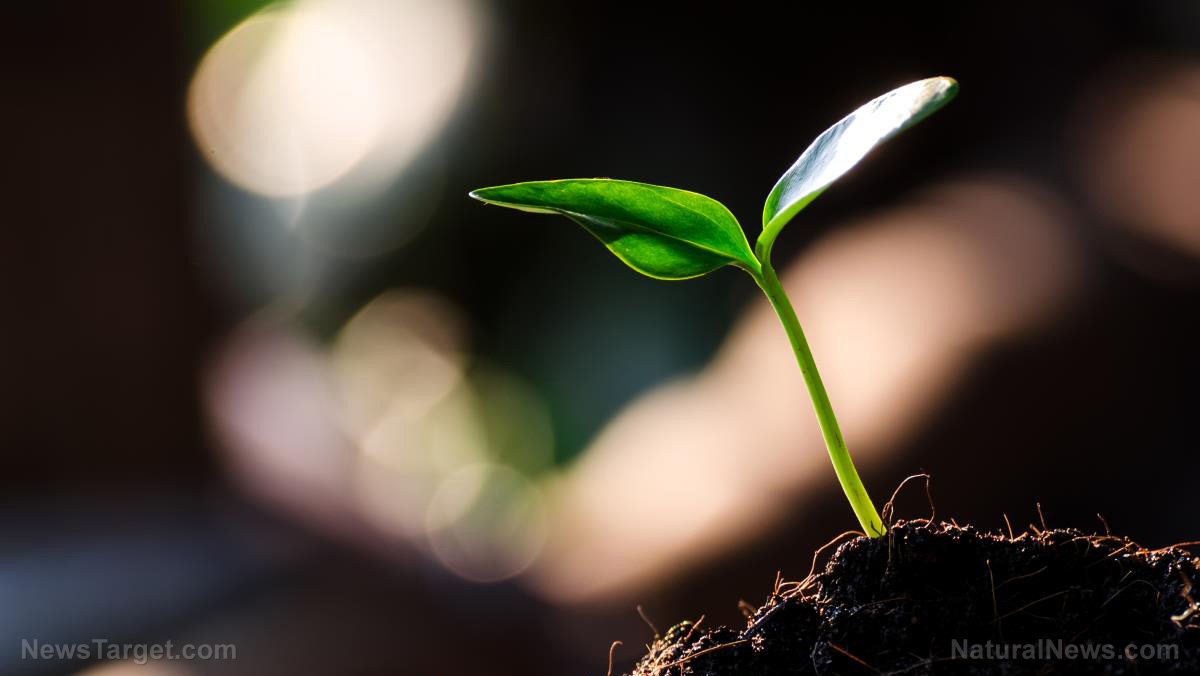
Advertisement
Homesteaders often use compost (or decomposed organic matter) so that the various plants in their gardens can flourish.
If you’re interested in starting your own homestead or if you just want to ensure that your backyard garden stays green all year long, make your own compost.
Composts are considered natural soil cultivators that can make gardening easier. (h/t PreppersWill.com)
Ingredients for compost
Compost, which is also called “black gold,” is made of two main materials: Those rich in carbon and those full of nitrogen. Ideally, you should balance the two but try to include more ingredients with nitrogen.
Add oxygen to the mix, some water, and after some time, you will have compost for your garden.
Below are some carbon- and nitrogen-rich materials that you can add to your compost pile:
Carbon-rich materials
- Peanut shells
- Raked leaves, pine needles
- Sawdust pellets (these are high in carbon so add sparingly)
- Shredded cardboard
- Shredded newspaper (avoid glossy paper)
- Straw
- Wood ash
- Wood chips/sticks (add small pieces when possible, use sparingly)
Nitrogen-rich materials
- Alfalfa
- Clover
- Coffee grounds (you can also include the paper filter)
- Fruit/vegetable scraps
- Garden waste
- Grass clippings (add in thin layers to avoid clumps)
- Hay
- Livestock manure (great heat “activator”)
- Old garden plants
- Table scraps
- Tea leaves (can be added loose or still in the bag)
- Weeds
Before you add the carbon and nitrogen materials to the compost pile, check the size of each piece. Small chunks of organic matter will decompose faster and if you have many small pieces, there’s more surface area for the microorganisms to break down.

However, you need to leave some bigger chunks of material so the pile can have air pockets that will allow oxygen to enter the mini microorganism ecosystem. Microorganisms require oxygen and if they run out of oxygen they will die out.
Hot compost vs. cold compost
The main difference between a “hot” pile and a “cold” pile is the length of time it takes to break down.
When microorganisms start to break down organic matter, they release heat. A hot compost pile can go up to 150 degrees F but it won’t exceed this temperature. This is also called “thermophilic composting.”
Hot compost requires a lot of turning, at least once a week. Maintain the temperature of the pile by mixing and moistening when needed until the materials turn into a moist, black, crumbly, natural plant steroid.
Monitor the temperature by occasionally sticking a thermometer into the pile. If the temperature drops, use a pitchfork to turn the pile.
If you maintain a hot compost pile properly, you can produce usable compost in under three to four weeks up to at least two to three months.
Unlike a hot compost pile, a cold compost pile can take about six months before you get usable compost. But with careful timing, like creating the pile in either October or November, you can have compost ready for spring when your plants have grown.
One benefit of a cold pile is it requires minimal maintenance after it’s been built up. Cold-loving decomposer organisms will continue to break down the refuse but at a slower pace. These microorganisms are called Mesophiles and Psychrophiles.
Aerate the cold pile by rolling some chicken wire into a tubular shape. Put the chicken wire in the center of your compost pile, and build the green and brown materials up around it. This lets some oxygen into the microorganism system, aside from adding some slightly bigger chunks to the pile for some breathing room.
Once the compost turns into a deep, rich black gold that can be turned over like sand in your hands, it’s now ready to use.
- Warm season use – Add the compost to spring beds or garden before planting season.
- Year-round garden – Add compost at least twice per year to your garden. Take note that some warm climate soils are naturally low in organic matter.
If the compost is wet, add more dry, brown material like dried weeds, leaves, or soil and mix thoroughly. Loosen any clumps that are stuck together. If the pile smells like ammonia, it has too much green material and not enough brown. (Related: Tips for starting your own organic garden.)
Experiment with your compost pile, but follow the basics above so you end up with a mixture that can nourish the plants in your homestead.
You can learn more about homesteading and how to make hot or cold compost at Homesteading.news.
Sources include:
Submit a correction >>
This article may contain statements that reflect the opinion of the author
Advertisement
Advertisements















